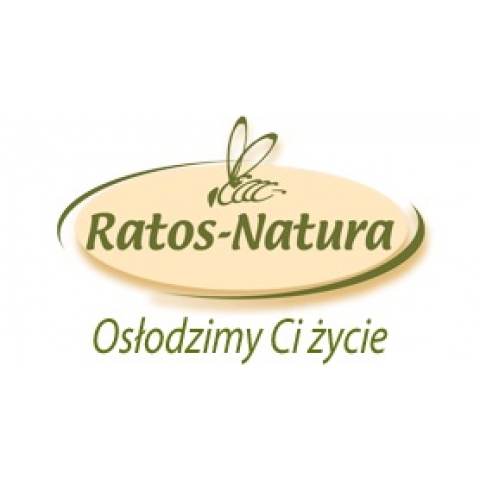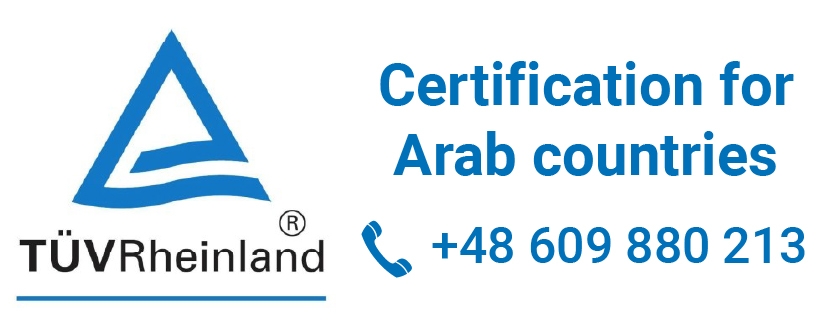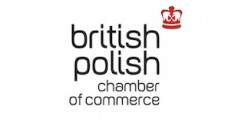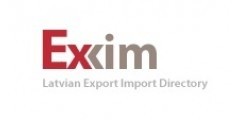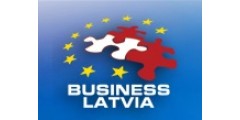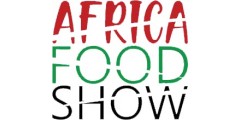Selected categories:
- Agriculture, hunting and related service activities
Production of honey and beeswax, beekeeping
View other companies of the branch
Bartnik Mazurski Agnieszka i Robert Pucer
11-400 Kętrzyn
warmińsko-mazurskie, Poland
CD S.A.
43-382 Bielsko-Biała
śląskie, Poland
Gospodarstwo Pasieczne Kermes Krzysztof
64-800 Chodzież
wielkopolskie, Poland
Gospodarstwo Pasieczne Królewskie Miody Marta i Piotr Blajer
37-560 Pruchnik
podkarpackie, Poland
Gospodarstwo Pasieczne Sądecki Bartnik Sp. z o.o.
33-331 Stróże
małopolskie, Poland
KRUPIEC SP. Z O.O.
32-420 Gdów
małopolskie, Poland
Mazurskie Miody
11-034 Tomaszkowo
warmińsko-mazurskie, Poland
Pasieka BARĆ
33-336 Łabowa
małopolskie, Poland
Pasieka pod Pilskiem Jacek Ziemak
41-500 Chorzów
śląskie, Poland
Help needed ?
If you have not found the desired product, company, service or the searching results are not satisfactory for you, do not hesitate to contact us and tell what you are looking for or what you need. We will send your inquiry directly to the interested companies.
Write to us
See also industries
Did you know that:
Bee Honey – A Valuable Product in Poland for Centuries
Bee honey has been highly valued in Poland for centuries, both as a natural food product and as a raw material used in natural medicine and cosmetics. In recent years, the market for honey production and sales in Poland has been developing dynamically, responding to the growing consumer interest in healthy food and organic products.
Poland as One of the Leading Honey Producers in Europe
Poland is among the top honey producers in the European Union. The national apiary comprises over 1.8 million bee colonies, and the number of registered beekeepers is steadily increasing. Annual honey production in Poland ranges from 20,000 to 25,000 tons, depending on weather conditions and the availability of bee forage.
Types of Honey Available on the Polish Market
A wide variety of bee honeys are produced in Poland, mainly categorized as:
-
Nectar (flower) honey – produced from the nectar of flowers.
-
Honeydew honey – produced from honeydew (a sweet secretion of aphids and scale insects or from leaf honeydew).
-
Mixed honey (nectar and honeydew) – contains both nectar and honeydew.
Most Popular Nectar Honeys in Poland:
-
Rapeseed honey: light cream-colored, almost white when crystallized, very mild flavor, low acidity, crystallizes quickly.
-
Acacia honey: light, almost transparent, delicate and sweet taste, remains liquid for a long time.
-
Linden (lime) honey: from pale yellow to greenish-yellow, intense linden blossom aroma, distinct, slightly spicy taste.
-
Multifloral honey: color and flavor depend on the flower sources. Spring varieties are lighter and milder; summer types are darker and more intense.
-
Buckwheat honey: dark, almost brown, sharp and distinctive taste, rich in rutin – beneficial for blood vessels.
-
Heather honey: dark red or brown, jelly-like consistency, difficult to extract, intense aroma and flavor.
-
Phacelia honey: light with a slight greenish tint, delicate and slightly tangy flavor, valued for its health benefits.
-
Clover, sweet clover, raspberry, and dandelion honeys: less common but available locally, rarely found in mass retail.
Honeydew Honeys:
-
Coniferous honeydew honey (e.g., from spruce, fir): dark, nearly black, sometimes greenish, resinous, less sweet flavor, very rich in trace elements – valued for medicinal properties.
-
Deciduous honeydew honey (e.g., from linden, oak): lighter than coniferous types, milder in taste, rarer than coniferous.
Nectar-Honeydew Honeys:
A blend of nectar and honeydew – flavor and color depend on the proportion of each. Usually darker and more intense in taste than pure nectar honeys.
There is also growing interest in organic, certified honeys, and honeys with additives, such as propolis, bee pollen, or ginger.
Consumer Trends and the Growth of Online Sales
With increasing health awareness among Poles, demand for natural bee products is rising. Consumers are seeking honey from local apiaries, free from additives and artificial preservatives. The origin and quality of the product, confirmed by certifications, also play a key role.
Online honey sales are gaining importance. Beekeepers are increasingly running online stores or using e-commerce platforms, making it easy for customers to order honey with home delivery. As a result, Polish honey reaches not only domestic consumers but also foreign markets.
Challenges Facing the Beekeeping Industry
The beekeeping industry in Poland faces several challenges – climate change, bee diseases, and unfair competition from cheap, often adulterated honey imported from outside the EU. Therefore, supporting local producers and educating consumers on how to recognize natural honey is crucial.
Conclusion
The honey market in Poland has tremendous growth potential. Natural bee honey is not only a delicious addition to the daily diet but also a valuable product that supports health and immunity. Investing in quality, marketing, and modern sales channels such as e-commerce opens new opportunities for Polish beekeepers. Choosing Polish honey means supporting a natural, healthy, and fully ecological product from Polish apiaries.

 pl
pl  en
en  de
de  es
es  fr
fr  it
it  pt
pt  ru
ru  sv
sv 
